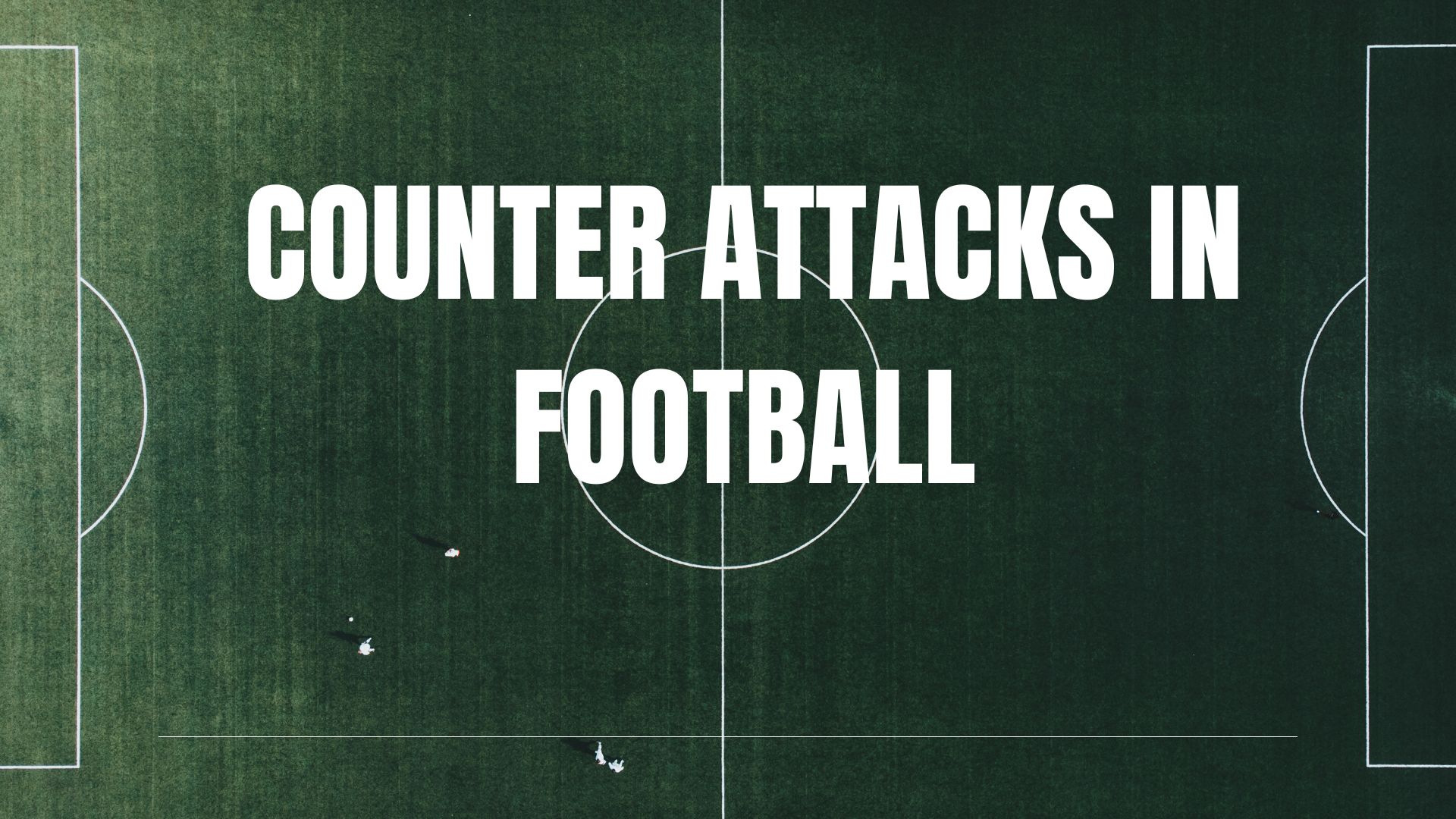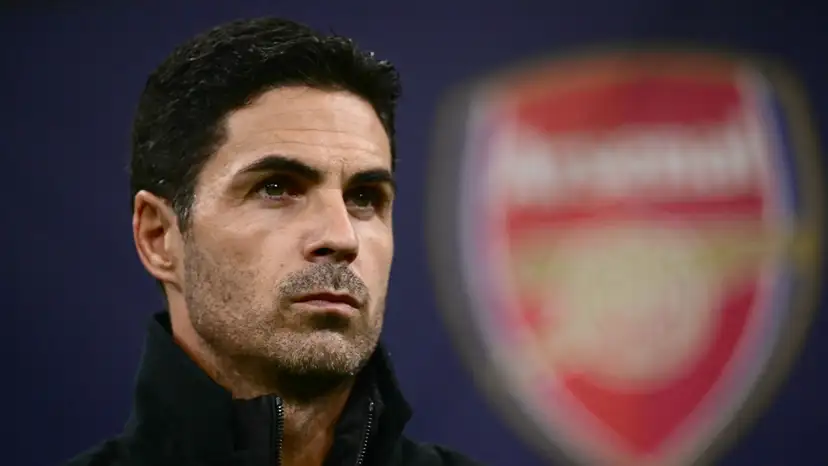Counter Attacks : The Antidote to Possession Football
Why They Will Never Go Out of Fashion

Everyone has seen that Real Madrid goal against Ajax in the 2011/12 Champions League. Real Madrid started deep in their own half and scored after seven quick passes. Cristiano Ronaldo got the first pass from Mesut Özil and exchanged passes with Kaká before giving it back to Ozil who found Benzema on the right after which Benzema put in a low cross for Ronaldo to slot it in the back of the net. That goal shows what makes the counter-attack so powerful. In just a few seconds, the team went from defending near their box to scoring at the other end. It was fast, simple, and ruthless. Ajax were still trying to recover their shape when the ball was already in the net.
Counter-attacks like that are not about luck. They are built on timing, awareness, and teamwork. The best sides practice these moments every day. Players learn when to move, where to pass, and how to use space when the opponent is off balance. It is not chaos, it is a combination of preparation and opportunity. Every counter-attack follows three key steps: Recovery, Transition, and Finish. The recovery wins the ball, the transition pushes forward quickly, and the finish turns the move into a goal. When done right, the counter-attack is the fastest and most effective way to punish teams that dominate possession.
Every great counter begins with patience. The defending team must stay compact, closing off space and waiting for the right moment. This phase is not about constant pressing, but about control. By keeping their shape tight and their distances small, they make the opponent’s possession predictable. Then comes the trigger, the split second when everything changes. It could be a loose touch, a sideways pass under pressure, or a risky ball into midfield. When that happens, the nearest player steps in, wins it cleanly, and the rest of the team bursts forward. It feels spontaneous to watch, but for the players, it is muscle memory.
The smartest teams even design those moments. They leave certain spaces open to tempt the opponent, forcing them into a pass they are ready to intercept. It is like setting a trap in open daylight, inviting the mistake that will start the counter. Mourinho’s Real Madrid perfected this rhythm. They would absorb pressure, stay patient, and the instant the ball was recovered, it became an attack. One clean interception, one pass into space, and the entire shape flipped from defense to offense. The recovery was never the end of the defensive phase, it was the beginning of the goal.
Few teams have ever countered better than José Mourinho’s Real Madrid in 2011/12. They defended deep, stayed compact, and exploded forward with incredible speed. Players like Cristiano Ronaldo, Karim Benzema, and Ángel Di María turned every loose ball into a goal threat. One or two quick passes, and the team was already in behind. Madrid proved that counter-attacks could be trained, repeated, and used as a main source of goals, not just a reaction to pressure.
Leicester City showed the same idea in the 2015/16 Premier League season. Their football was simple but deadly. N’Golo Kanté won the ball, Riyad Mahrez carried it forward, and Jamie Vardy finished the job. They did not keep the ball for long periods, but when they won it, they attacked with purpose. That season was proof that a well-organized side could beat technically stronger opponents through speed and direct play.
Jürgen Klopp’s Liverpool took it a step further. Their counter-attacks started the second they won the ball high up the pitch. Instead of dropping deep, they pressed, won possession near the opponent’s box, and attacked immediately. The transition was shorter, the risk higher, but the effect the same, a quick goal before the defense could react.
The best counters often create a three-against-two or two-against-one situation. The team in possession might not have many players forward, but they have space and momentum. That is what makes it dangerous. The defenders are chasing back, the attackers are already facing goal, and one clean pass can end the move. Not every run is meant to receive the ball. Some players make decoy runs to pull defenders out of position and open lanes for teammates. It is a simple but vital part of every transition. Even without touching the ball, a well-timed run can decide the move.
Every counter-attack ends poses one question, can the team stay calm enough to finish? After covering half the pitch at full speed, the hardest part is not the run, it is the decision. A player has only a few seconds to choose between passing or shooting, and one mistake ends the move. The best forwards know when to delay the pass, when to cut inside, and when to strike.
But there is always a risk. When a counter fails, it can leave the attacking team wide open. Most of their players are running forward, and if they lose the ball, there is no shape to protect the defense. That is why only disciplined teams can play this way consistently. Every run and pass must have a purpose.
Modern football has also made countering harder. Managers now use what is called rest defence, keeping two defenders and a midfielder in high positions even when attacking. This stops the opponent from breaking easily and forces counter-attacking sides to be more creative. Instead of open grass, they now face better-prepared defences. The margin for error is smaller, so precision matters even more.
The counter-attack is a system built on awareness, timing, and trust. It rewards teams that defend well, react fast, and make clear decisions. In a sport where many prefer to control the ball for long periods, the counter-attack offers another kind of control, control through space, not possession. It is also the most efficient way to score, especially against sides that love possession. A few passes, a burst of pace, and a moment of quality can undo minutes of slow buildup. That is why even the best possession teams fear it.
In the end, the counter-attack represents football at its purest. It is the perfect mix of order and chaos, where one recovery, one movement, and one finish can change everything. It proves that sometimes, the most beautiful football does not come from keeping the ball, but from taking it, running, and finishing before anyone can breathe.








